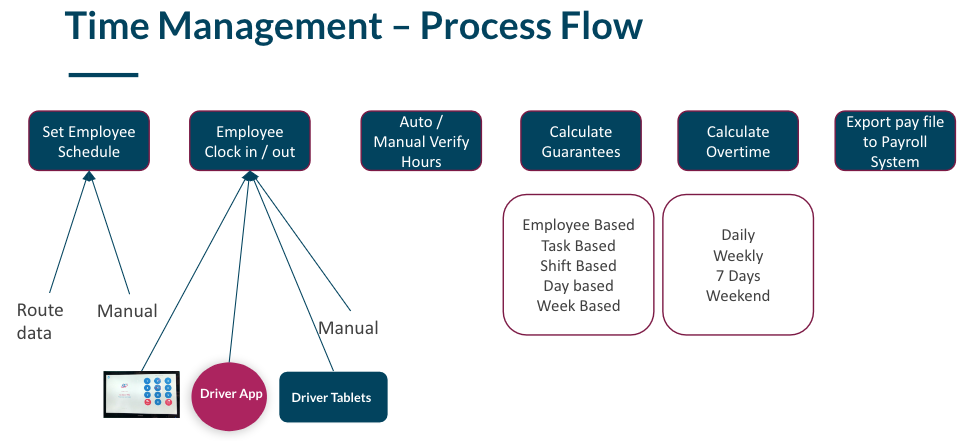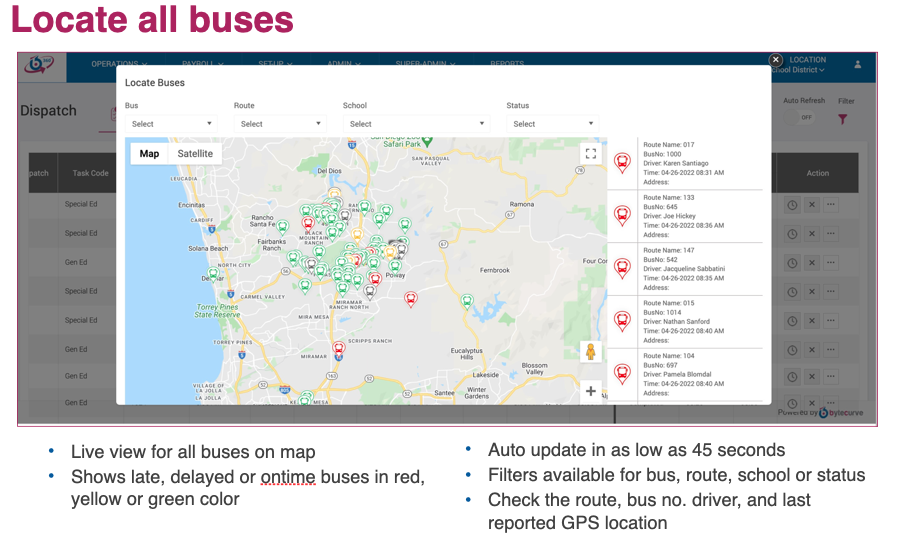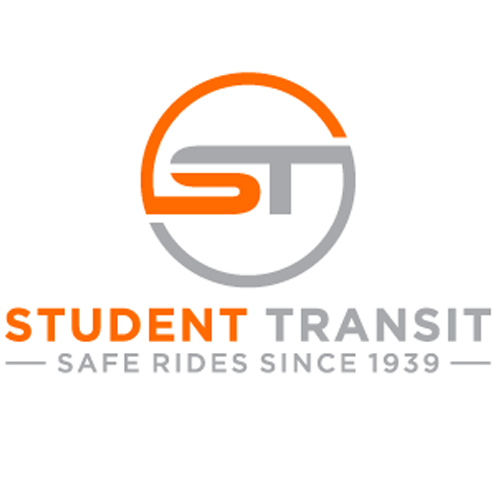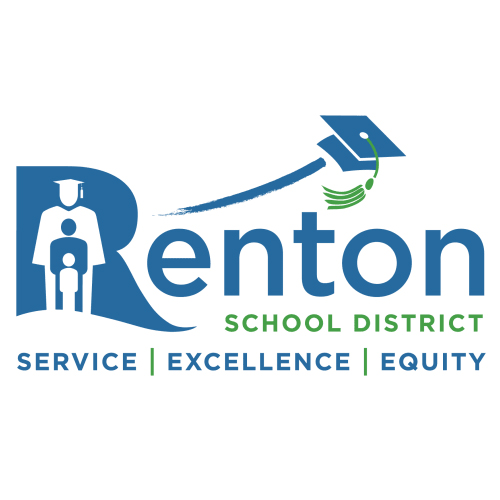BYTECURVE RESOURCES
Transportation Routing Software
Transportation routing software has emerged as a vital tool for offering advanced solutions to optimize routes, improve safety, and streamline fleet management.
“Bytecurve makes our payroll process seamless with reduced time and paperwork,”
-Jennifer Idlette, Transportation Director, Indian River School District
Buses Served
Districts and Contractors
Payroll Processed
Transportation Routing Software
Efficient transportation is a cornerstone of successful school operations, ensuring that students arrive safely and on time while minimizing costs and environmental impact.
Transportation routing software has emerged as a vital tool for achieving these goals, offering advanced solutions to optimize routes, improve safety, and streamline fleet management.
Designed specifically for the challenges of school bus transportation, this software incorporates cutting-edge technologies to address the unique needs of districts, parents, and students.
Transportation routing software is more than just a logistical tool; it’s a comprehensive system that enhances every aspect of school bus operations.
By leveraging IoT-based solutions, artificial intelligence, and machine learning, the best transportation routing software, such as that offered by Bytecurve, provides real-time insights, predictive analytics, and a seamless user experience.
These capabilities enable school districts to maximize efficiency, reduce costs, and ensure student safety.
Understanding Transportation Routing Software
Transportation routing software is specifically designed to manage and optimize school bus routes, considering factors such as student safety, traffic patterns, and operational costs.
Unlike generic routing tools, this software addresses the unique logistical and regulatory requirements of school transportation, ensuring compliance with state and federal guidelines.
The core functionalities of transportation routing software include route planning, fleet tracking, and communication.
Administrators can use the software to create optimized routes that minimize travel time and fuel consumption while ensuring that buses pick up and drop off students safely and efficiently.
Real-time tracking capabilities provide visibility into bus locations and schedules, allowing administrators to monitor operations and respond to changes as they occur.
One of the most transformative aspects of transportation routing software is its integration with IoT technology.
IoT devices such as GPS trackers, cameras, and sensors collect and transmit data in real-time, providing a wealth of information that enhances decision-making and operational efficiency.
For example, GPS tracking ensures that buses stay on route and on schedule, while IoT sensors monitor vehicle performance and environmental conditions.
The Best Transportation Routing Software
The best transportation routing software stands out for its ability to deliver a seamless and efficient experience for school districts, parents, and drivers.
It prioritizes safety, reliability, and ease of use, leveraging advanced technologies to address the specific challenges of school bus transportation.
IoT-based solutions play a crucial role in defining the best transportation routing software.
By connecting buses, sensors, and cloud-based platforms, IoT technology enables real-time data collection and analysis, ensuring that administrators have access to accurate and actionable information.
This connectivity is essential for optimizing routes, monitoring fleet performance, and ensuring student safety.
For instance, GPS-enabled devices provide continuous updates on bus locations, allowing administrators to track routes in real time.
This capability not only ensures that buses remain on schedule but also enhances safety by enabling rapid responses to emergencies or disruptions.
Parents can also benefit from real-time tracking, receiving updates on bus arrival times, and being notified of delays.
Predictive analytics is another hallmark of the best transportation routing software.
By analyzing historical data and current conditions, the software can anticipate potential issues and adjust routes accordingly.
This capability is particularly valuable for managing traffic congestion, weather-related delays, and other unforeseen challenges.
Predictive analytics ensures that buses operate efficiently and that students arrive at school on time.
The integration of artificial intelligence further enhances the functionality of the best transportation routing software.
AI algorithms analyze complex datasets to identify patterns and optimize operations.
For example, machine learning models can evaluate traffic patterns, road conditions, and school start times to create routes that minimize travel time and fuel consumption.
These optimizations not only reduce costs but also support environmental sustainability.
User experience is a key factor in determining the quality of transportation routing software. Intuitive interfaces and mobile apps ensure that all stakeholders can access critical information easily.
For parents, this might mean receiving notifications about bus arrival times or being alerted to schedule changes.
For administrators, it includes access to dashboards that provide insights into fleet performance, driver behavior, and student attendance.
These features ensure that the software is both effective and user-friendly.
To date, Bytecurve 360 is the only technology solution provider capable of integrating these two disparate systems into a seamless interface that enhances their overall performance.
The software trusted by dozens of school districts like Renton as well as many private contractors delivers many benefits, including:
- Better driver communications so that employees can check in/out remotely, view their schedules and respond in real time to route changes
- Easier payroll management so that fleet managers no longer have to manually calculate employee guarantees/contracts and overtime and the ability to consolidate payroll for drivers, aides, subs, mechanics, and support staff.
- Improved management of daily operations, including assigning/reassigning drivers and vehicles, using real-time integration with GPS and routing systems. This allows all routes and runs to be easily reconfigured when a bus breaks down or a driver can’t come in.
By automating processes, improving communication, and leveraging advanced technologies, districts can create a seamless and transparent transportation system that benefits students, parents, and administrators alike.
IoT-Based Solutions in Transportation Routing Software
IoT technology has revolutionized transportation routing software, transforming it into a powerful tool for managing school bus operations.
By connecting physical devices such as sensors, cameras, and GPS trackers to a centralized platform, IoT enables real-time monitoring, data analysis, and decision-making.
These capabilities contribute significantly to improving safety, efficiency, and reliability.
Real-time tracking is one of the most impactful applications of IoT in transportation routing software.
GPS devices installed on school buses communicate with the software, providing accurate location data.
This information is used to monitor routes, identify delays, and notify stakeholders of any changes.
Real-time tracking not only ensures that buses remain on schedule but also enhances student safety by providing visibility into their journeys.
IoT sensors also play a critical role in vehicle maintenance and safety.
Sensors placed on key bus components monitor performance and condition, collecting data on factors such as engine health, tire pressure, and brake functionality.
This data is analyzed to identify maintenance needs before they become critical, enabling predictive maintenance.
By addressing potential issues proactively, predictive maintenance reduces the risk of breakdowns, lowers repair costs, and extends the lifespan of the fleet.
The integration of IoT technology also facilitates student tracking, providing an additional layer of security.
RFID card readers or biometric systems installed on buses log when students board and exit, sharing this information with parents and schools in real time.
This ensures that every student is accounted for, reducing the risk of errors and enhancing parental peace of mind.
The integration of IoT and artificial intelligence elevates transportation routing software to a new level.
AI algorithms analyze data collected by IoT devices to optimize routes, schedules, and resource allocation.
For example, historical data on traffic and weather conditions can be used to improve route planning and ensure that schedules are realistic and efficient.
This synergy between IoT and AI represents the forefront of school transportation technology.
Bytecurve, for instance, delivers an entirely new scheduling and dispatch experience that will transform the way your team manages routes, tasks, and chronic driver shortages.
Trusted by dozens of districts across North America, more than 40,000 school buses rely on Bytecurve technology to improve their efficiency and safety.
By merging data from routing and GPS fleet tracking, Bytecurve users see new opportunities to enhance operations and improve safety.
Bytecurve provides the following capabilities and features:
- Create and maintain annual schedules
- Manage daily schedule changes
- Monitor daily dispatch with real-time status alerts
- Track on-time performance at stops and schools
- One-click guarantee and overtime calculations
- Produce time and attendance records for export to payroll system
- Single view into planned vs. actual route data
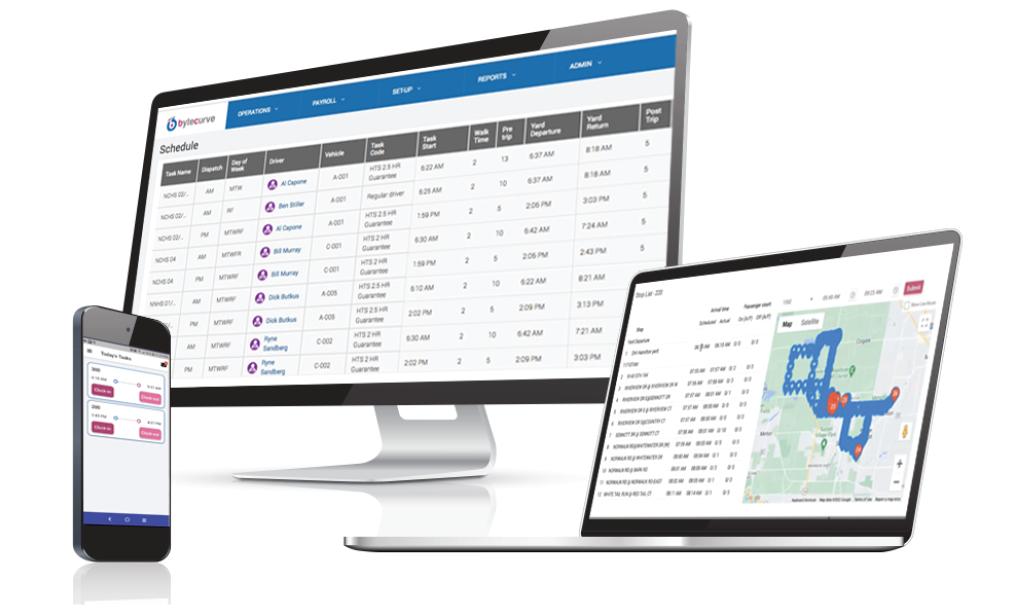
Transportation Routing Software Cost
The cost of transportation routing software varies widely based on the features and capabilities it offers.
For school districts, understanding these costs and the potential return on investment is essential when selecting the right solution.
Several factors influence the cost of transportation routing software.
The size of the fleet is a significant consideration, as larger districts may require more advanced features and additional hardware.
The level of customization needed to address specific transportation challenges can also impact costs.
Some software solutions offer basic functionalities at a lower price point, while others provide comprehensive features that come at a higher cost.
The pricing model is another important factor. Some providers charge a one-time licensing fee, while others operate on a subscription basis with ongoing monthly or annual costs.
Subscription models often include updates, support, and cloud-based storage, making them a popular choice for many school districts.
However, it’s important to evaluate the total cost of ownership, including hardware, training, and support services.
Despite the initial investment, transportation routing software often delivers significant cost savings over time.
Route optimization reduces fuel consumption, while predictive maintenance lowers repair expenses and minimizes downtime.
Enhanced safety features can also lead to reduced insurance premiums and lower liability risks.
These savings make the software a cost-effective solution for managing school bus operations.
School districts can also explore funding opportunities to offset the cost of transportation routing software.
Government grants and subsidies are often available for technologies that enhance safety and sustainability.
By leveraging these resources, districts can implement high-quality solutions without overextending their budgets.
The Future of Transportation Routing Software
As technology continues to evolve, the future of transportation routing software promises even greater advancements in efficiency, safety, and sustainability.
One area of significant potential is the integration of autonomous vehicles into school transportation systems.
While still in the early stages, autonomous buses have the potential to revolutionize the industry, offering unparalleled reliability and cost savings.
AI-driven analytics will play an increasingly prominent role in shaping the future of transportation routing software.
As datasets grow larger and algorithms become more sophisticated, the software will be able to predict and adapt to changing conditions with unprecedented accuracy.
This will further optimize routes, schedules, and resource allocation, reducing costs and improving reliability.
Environmental sustainability will also be a key focus area.
As electric and hybrid buses become more prevalent, transportation routing software will need to integrate with these technologies to manage charging schedules, monitor battery health, and track energy usage.
These integrations will help school districts meet their environmental goals while maintaining efficient operations.
In conclusion, transportation routing software is transforming the way school districts approach transportation.
By leveraging IoT, AI, and other advanced technologies, this software addresses the unique challenges of managing school bus fleets, ensuring safer, more efficient, and cost-effective operations.
As the technology continues to advance, its impact on school transportation will only grow, paving the way for smarter, more connected systems.
Integrated Student Transportation Software
About Bytecurve
Founded in 2018 by GP Singh after many years on the frontline of student transportation operations with one of the country’s largest private student transportation providers, Bytecruve is designed as the 360 view of operations.
By blending routing and GPS fleet tracking data, and adding a payroll capability as well as mobile app for two-ways communications between dispatch and drivers, Bytecurve 360 has created a new category for student transportation excellence: the dispatch command center.
“We believe many school bus operators still don’t appreciate all the potential improvments they can deliver by taking two powerful yet independent systems and merging them into a new layer of visibility and action,” Singh said. “We’re integrated with all the major providers of routing systems and GPS fleet tracking so virtually any school district with both systems can take advantage of our transformative technology.”
Trusted by dozens of districts across North America, more than 40,000 school bus rely on Bytecurve technology to improve their efficiency and safety.
“I know from first hand experience what school bus fleet leaders need to perform at their best, and we work tirelessly on our product and with our customers to deliver this experience so they can know they are investing in the safest and most efficient fleet.”




